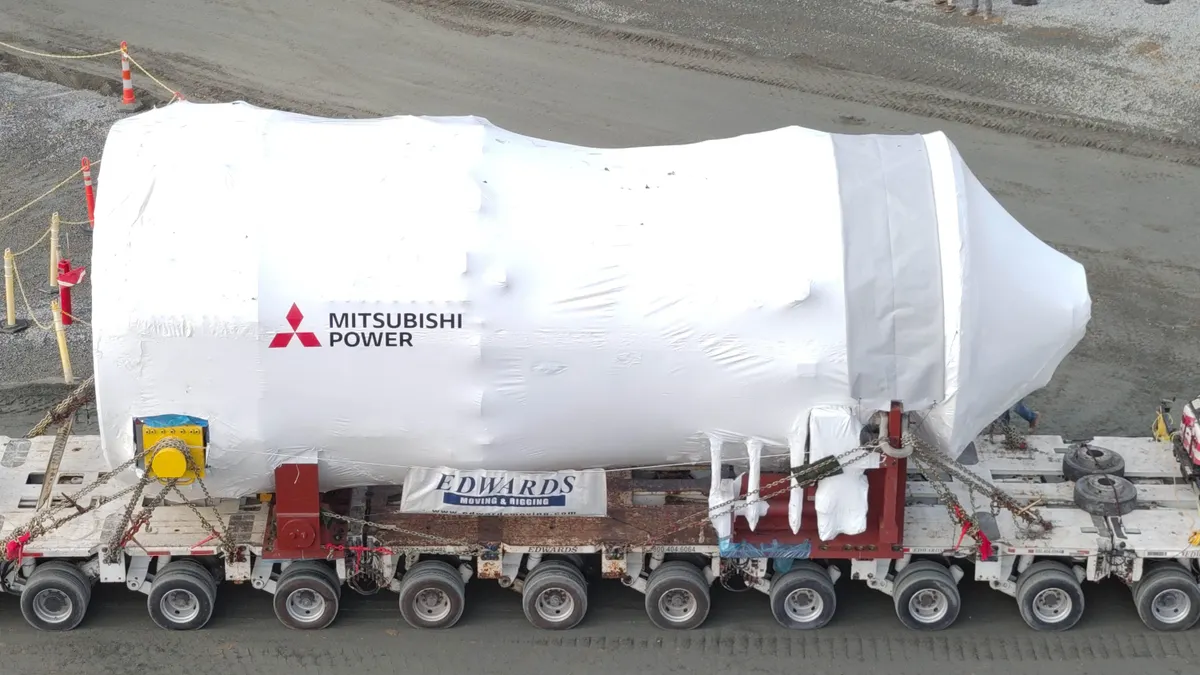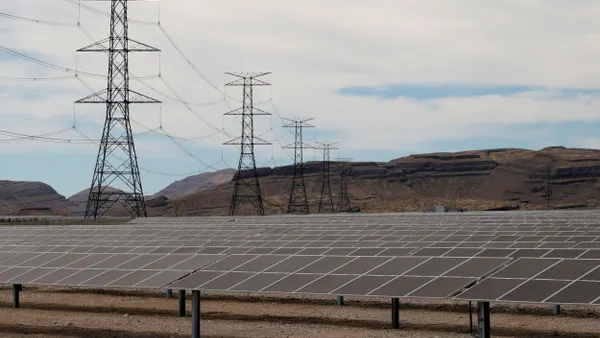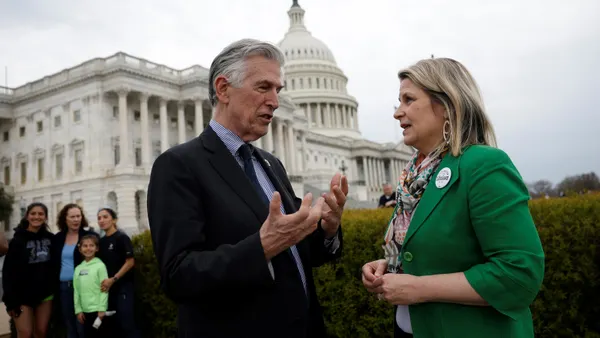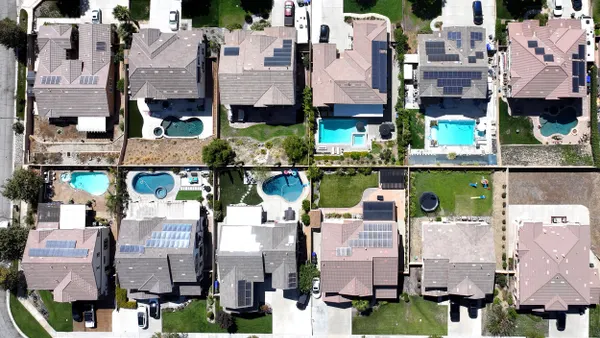Dive Brief:
- The California Independent System Operator has approved three reliability improvements for storage management that are set to take effect this summer when extreme heat could cause a spike in demand.
- CAISO said Dec. 16 it’s been refining its policies to make sure batteries are accurately priced and fully charged to provide energy when needed.
- Its board and the Western Energy Imbalance Market governing body also approved enhancements to the Resource Sufficiency Evaluation to make sure WEIM entities have enough capacity and energy to meet demand before transferring electricity to other participants.
Dive Insight:
The Energy Storage Enhancements proposal adopted by the board and WEIM governing body are intended to improve accounting of a battery’s state of charge, certifying resources are available when needed and providing better tools for exceptional dispatch.
With more than 4,700 MW of storage connected to the grid, CAISO said the real-time market requires that a resource with an ancillary service award be capable of delivering energy to the full amount for at least 30 minutes. For storage resources, they must have energy stored to meet an ancillary service schedule.
In addition, proposed co-located model improvements include an option to only charge storage from on-site renewables to avoid “grid charging” that CAISO said could have federal tax implications for solar projects.
Investment tax credit rules affect financial incentives for storage and contracting for storage, CAISO said. Some contracts prohibit grid charging for storage because the charging might be from nonrenewable resources, possibly reducing revenue for a storage project or those that are co-located.
Stakeholders asked for a new mechanism for co-located resources to ensure revenue if a storage resource seeking an investment tax credit were to incur costs due to grid charging. CAISO responded with a policy that a storage resource will not charge more than its co-located solar generation in the same interval.
The storage resource may claim it did not charge from the grid and will allow co-located resources to take advantage of the investment tax credit law that is frequently required by financing and power purchase agreements.
Specifically, energy consumers benefited from increased capacity since summer 2020, including more than 3,500 MW of lithium-ion battery storage, and improved coordination, awareness and communications internally, and with stakeholders such as business and customer groups, investor-owned and publicly-owned utilities, state agencies and others.
CAISO said some stakeholders were concerned about requiring bids for storage resources for ancillary services. The requirements may reduce how much ancillary services storage resources that could cut into profits, CAISO said. The grid operator said during some periods storage resources may be unable to provide ancillary services when scheduled because the state of charge is too high or too low.
“This situation can threaten grid reliability if operating reserves from such resources are unable to be deployed during a contingency outage event,” CAISO said. “This typically occurs when storage resources are at very high or very low levels of state of charge and can be less responsive.”
Despite record-setting heat from Aug. 31 through Sept. 9 in California and much of the western U.S., CAISO did not order rotating outages and maintained reliable system operations at all times, according to a Summer Market Performance Report issued Nov. 2. It credited new generating resources and improved communication and coordination between CAISO, state and federal agencies and the industry over the past two years.














